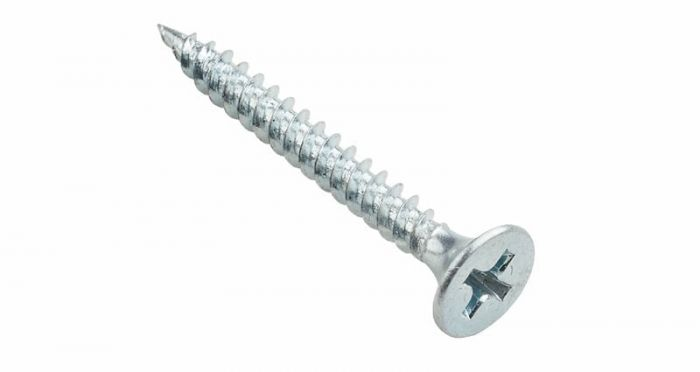A self-tapping screw cuts its internal thread as it is
driven into a material. They are a type of thread-cutting screw intended to
produce a thread in soft materials such as plastic. Here are some of their most
common uses. In general, they are used to install screws in drywall or
sheetrock. In some cases, they can split or crack the material being screwed
into.
Self-Tapping Screws Create Their
Internal Threading
Often called Self Tapping Screws, these
fasteners cut their internal thread when screwed into a material. They're ideal
for applications where material burrs and shedding are a concern. To use
self-tapping screws, drill a pilot hole before inserting the screw. These
screws should be sized to the nominal hole size for the material you're
screwing.
There are four main components of self-tapping
screws: the screw itself, the screwing method, the thread type, and the end
form. Screw head styles can vary from round to oval to square, flat, hexagonal,
or hexagonal. Depending on the screw's use, thread profile angle and size may
be important factors in the screw's overall performance. Also, the length of
the screw plays an important role in how it reaches its target and digs into
it.
They are used for a Wide Range
of Applications
Self Tapping Screws are widely used in
numerous industries and are available in a variety of tip styles. Unlike
traditional screws, these do not require a tap to install, which is essential
when using these in softwoods. Instead, the screw's threads furrow into the
material. This makes the self-tapping screw suitable for many different
applications. They are commonly referred to as sheet metal screws.
Self-tapping screws are designed to form
threads when driving them into the material. They eliminate the need for a
guide hole and offer a tighter grip and a higher degree of certainty that the
screw and hole will fit perfectly. Despite being widely used in numerous applications,
these screws are not ideal for every application. Before you buy self-tapping
screws, make sure that you know what kind of material you are working with and
how you will use it.
They Can Cause a Material
to Split or Crack
Some types of materials are prone to splitting
and cracking. This is especially true for plastics, which are generally ridged
and more fragile than wood. To avoid this problem, use self-tapping screws that
are protected against corrosion. In addition, be sure to use the proper
installation techniques, such as a pilot hole. Using self-tapping screws is not
recommended for use on hinges.
Before you use self-tapping screws, consider the screw's hole size. Screws with large holes may break or strip when assembling the product. Similarly, small holes may cause the material to split or crack. Small holes require a higher driving force and could break the screw and damage the material. If you're unsure, ask a supplier about the size and shape of the screws that will be used.
They are used Like any
other Screw
Screws are used in plastic, rubber, and metal
applications to fasten items and components. Standard screws are used in thick
plastic and sheet metal. Often, self-tapping screws can strip the plastic's gel
coat and glass fibres. Therefore, it's important to use proper installation
techniques to prevent cracking. If you're unsure which screw type to use, read
the instructions carefully.
There are two basic types of self-tapping
screws: flat-point and sharp-point self-drilling. Both screws require a
pre-drilled hole, but the self-tapping screws are more common in industrial
settings. They work by forming threads as they penetrate and attach steel to
wood. However, they are rarely available at home improvement stores. For those
in need of a self-tapping screw, Fastener Mart specializes in tapping screws.







Post a Comment